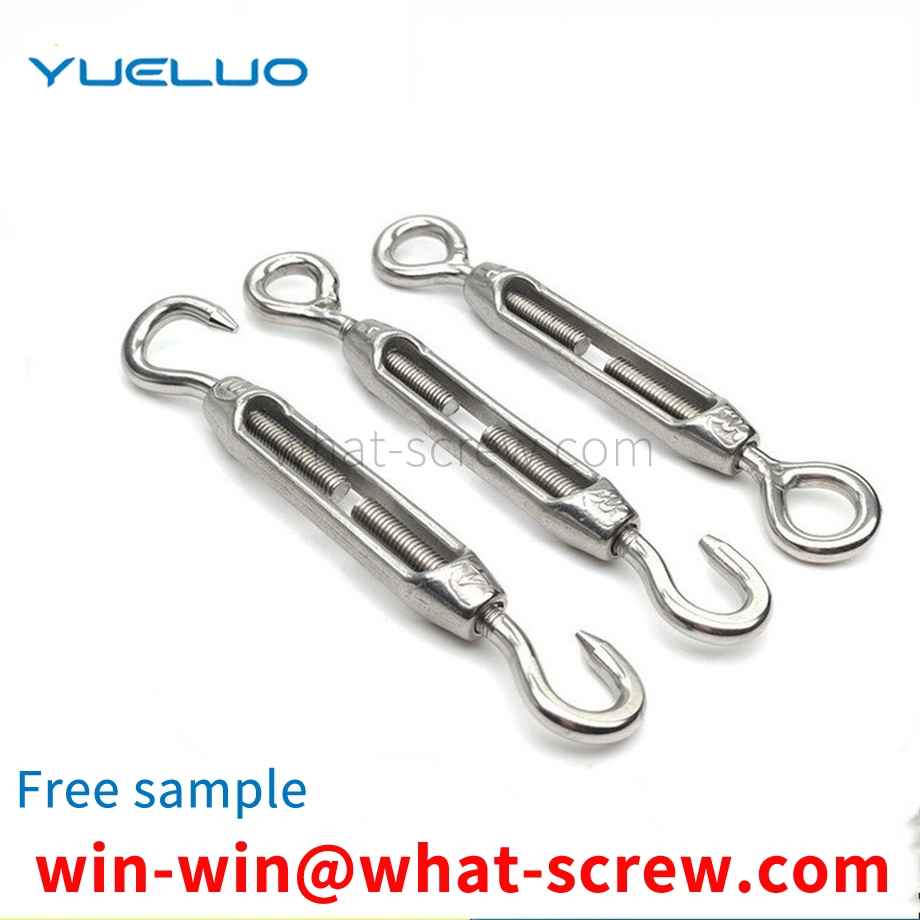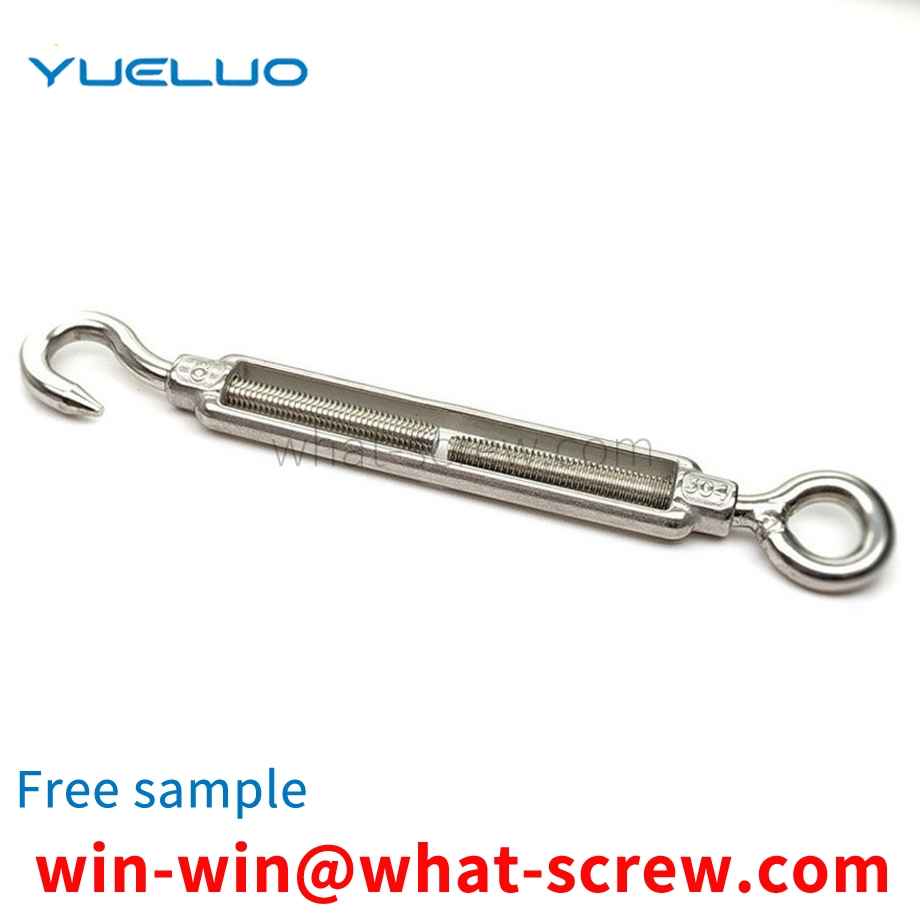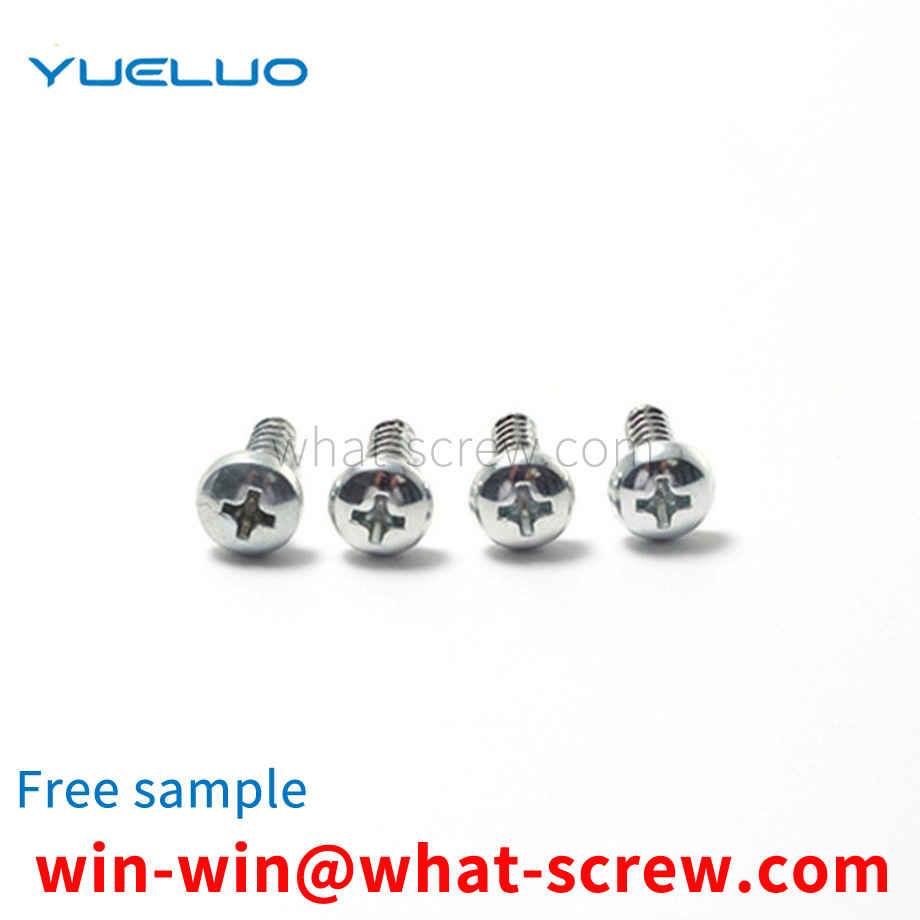What is the tolerance range of precision screws?
What is the tolerance range of precision screws?
Service Hotline
+86760-8787 8587We have more than ten years of production experience in the screw industry, the main products are: thin small step nuts, open-ended sheep eye screws, Phillips countersunk head bolts, fasteners 12.9 grade screws, DIN928 nuts, half tooth set screws, buckle hollow rivets, Cross expansion bolts, 8.8 grade carbon steel washers, white nylon disc nut, set of 304 stainless steel screws, black zinc nylon lock nuts, DIN582 lifting nuts, heavy hexagon screws, 2809 bolts and other fasteners, due to product materials and specifications There are different prices, please contact us if necessary.


Inspection method There are two types of screw surface inspection, one is the inspection before the screw is produced and not plated, and the other is the inspection after the screw is plated, that is to say, after the screw is hardened and the surface of the screw is treated. . After the screws are produced and before electroplating, we inspect the screws in various aspects such as size and tolerance. See if there are national standards or customer requirements. After the surface treatment of the screws, we will inspect the plated screws, mainly to check the color of the plating and whether there are any broken screws. In this way, when we deliver screw goods to customers, customers can successfully pass the customs when they receive the goods. Inspection of screws after treatment: 1. Appearance quality requirements The inspection of the appearance of screws is carried out from the aspects of appearance, electroplating layer and so on. Second, the inspection of the thickness of the screw coating 1. The measuring tool method uses a micrometer, a vernier caliper, a plug gauge, etc. 2. Magnetic method The magnetic method is used to measure the thickness of the coating layer, which is a non-destructive measurement of the non-magnetic coating layer on the magnetic substrate with a magnetic thickness gauge. 3. Microscopy Microscopy is called metallographic method, which is to magnify the etched fasteners on a metallographic microscope with a micrometer eyepiece to measure the thickness of the coating on the section. 4. Timing flow method The timing flow method uses a solution that can dissolve the coating to flow on the local surface of the coating, and calculates the thickness of the coating according to the time required for the local coating to dissolve. There are also coating drop method, anodic dissolution Coulomb method, etc. 3. Inspection of the adhesion strength of the screw coating There are many methods for evaluating the adhesion between the coating and the base metal, usually the following. 1. Friction polishing test; 2. File method test; 3. Scratch method; 4. Bending test; 5. Thermal shock test; 6. Extrusion method. 4. Inspection of corrosion resistance of screw coatings The corrosion resistance inspection methods of coatings include: atmospheric exposure test; neutral salt spray test (NSS test); acetate salt spray test (ASS test), copper accelerated acetate salt spray test (CASS) test); and corrosion paste corrosion test (CORR test) and solution spot corrosion test; immersion test, inter-dipping corrosion test, etc.

When the nut is tightened on the stud, there will inevitably be an empty upstroke. That is, when the nut has not reached the part that needs to be tightened, the nut needs to be twisted on the non-locking (working) part of the front end of the stud by hand or tool, so that the nut runs along the axial direction of the stud and reaches the part to be locked. . When the idling stroke of the thread at the front end of the stud is long or the thread pitch is small, the idling stroke before locking will waste a lot of time, resulting in a huge occupation of personnel or tools.


pin fixing device, comprising fastening bolts for processing and fixing two workpieces, wherein the pin fixing device further comprises a fixing groove arranged on the workpiece, a positioning hole which is arranged on the workpiece and communicated with the fixing groove, and a positioning hole is arranged in the positioning hole A pin is provided with a pin bushing, the pin bushing is sleeved on the positioning pin, an accommodation space is provided between the pin bushing and the inner wall of the fixing groove, and colloid is filled in the accommodation space. The use of the pin fixing device of Guangdong Yueluo Hardware Industry Co., Ltd. can greatly improve the positioning accuracy of the pin, improve the processing efficiency, reduce the manufacturing cost, testing cost and labor cost, with strong mobility and quick response.

Fasteners include: bolts, studs, screws, nuts, washers, pins. Locking or seizure often occurs on fasteners of stainless steel, aluminum alloy and titanium alloy materials. These metal alloys themselves have anti-corrosion properties. When the surface is damaged, a thin oxide layer will be formed on the metal surface to prevent further rust. When the stainless steel fastener is locked, the pressure and heat generated between the teeth will destroy the oxide layer, causing blockage or shearing between the metal threads, and then the phenomenon of adhesion occurs. When this phenomenon persists, the stainless steel fasteners will be completely locked and can no longer be removed or continued to lock. Usually this series of blocking_shear_adhesion_locking takes place in just a few seconds, so the correct understanding of the use of this type of fasteners can prevent this phenomenon.

The above content is uploaded by Yueluo or the Internet. If there is any copyright issue, please contact [email protected].

What is the tolerance range of precision screws?

How to choose the right stainless steel screw manufacturer?

Why is there an R angle under the head of the hexagon head s...

We have more than ten years of production experience in the ...

We have more than ten years of experience in the production ...

We have more than ten years of experience in the production ...

We have more than ten years of experience in screw industry ...